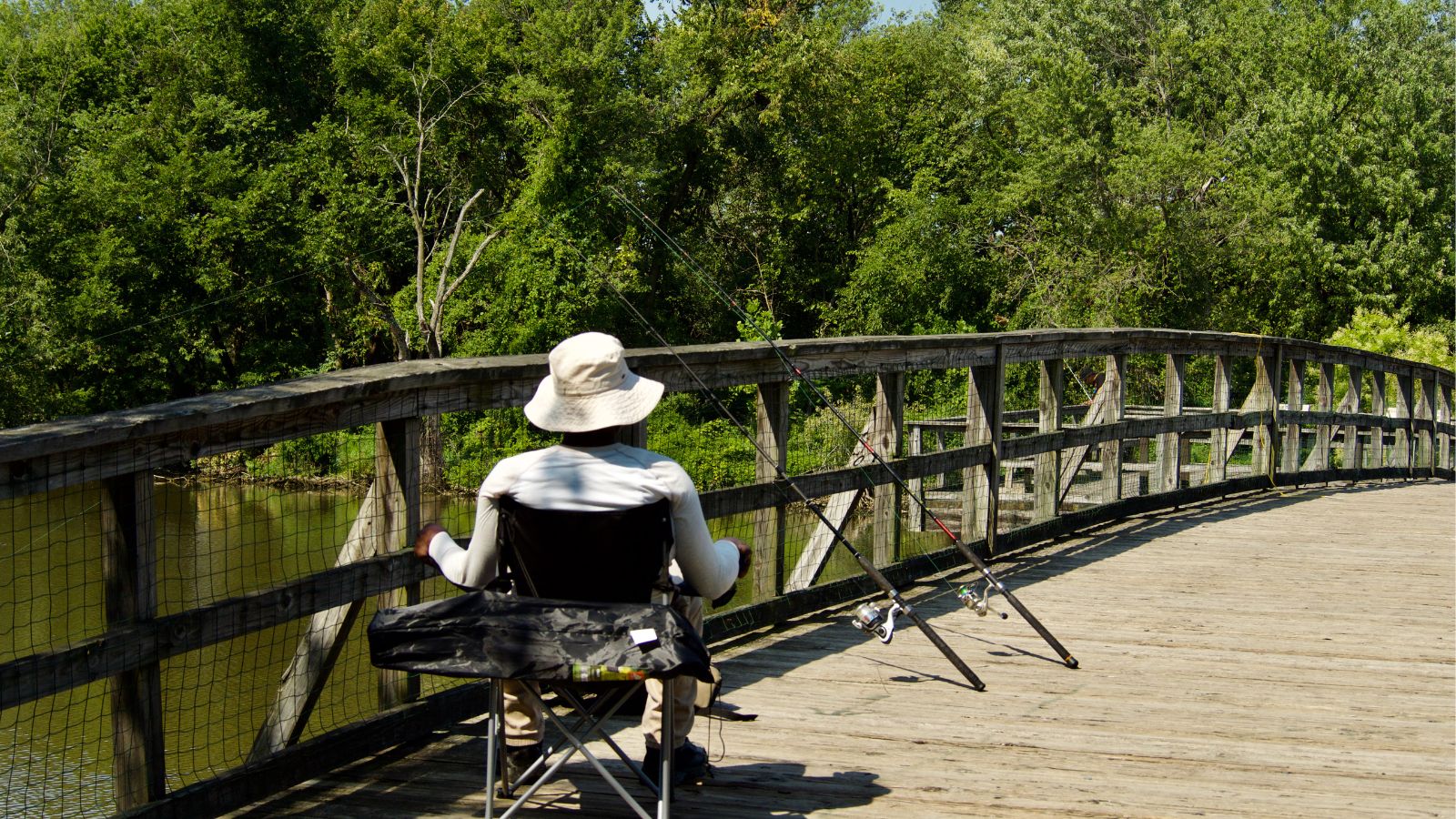For generations, the Anacostia River – which flows from Maryland through Washington, D.C. – has been polluted.
“The river used to be called the ‘Forgotten River,’” says Jorge Bogantes Montero of the Anacostia Watershed Society
He says that during heavy rains, D.C.’s combined sewer and stormwater system would overflow, sending raw sewage into the river.
Toxic contaminants seeped into riverbank sediment, and storms washed trash into the water.
Today, the Anacostia is getting cleaner. D.C. built new tunnels to help prevent sewage overflow and is working to clean up toxic contaminants.
But protecting the river is not only a matter of repairing past harm. As the climate warms, rainfall is intensifying.
“When it rains, it just gushes into the creeks and streams and the river … which causes a lot of erosion, urban flooding, and the runoff pollution,” Bogantes Montero says.
So his group plants trees and installs rain gardens to help absorb stormwater.
And it’s restored about 35 acres of tidal wetlands that help filter pollutants and hold excess water during storms.
So the group is trying to keep pace with climate change to help ensure a cleaner future for the Anacostia.
Reporting credit: Sarah Kennedy/ChavoBart Digital Media
Source link


